Everything you need to know about microwave drying machine In 2024
Introduction
In 2024, the landscape of industrial food machinery continues to evolve, with microwave drying machines emerging as pivotal tools in food processing. Understanding the nuances and capabilities of microwave drying machines is essential for professionals within the food industry. This guide aims to provide comprehensive insights into microwave drying technology, its applications, advantages, and considerations in 2024.
Microwave drying machines utilize electromagnetic radiation to heat and dehydrate food products rapidly and efficiently. Unlike traditional drying methods that rely on convection or conduction, microwave drying offers distinct advantages such as shorter processing times, reduced energy consumption, and improved product quality.
Throughout this guide, we will delve into the working principles and components of microwave drying machines, explore their diverse applications across different food products, and examine the technological advancements driving innovation in the field. Additionally, we will discuss considerations for selecting and using microwave drying machines, challenges faced, and future trends to anticipate.

Importance of Microwave Dryers in 2024
In 2024, the significance of microwave drying machines in the food processing industry cannot be overstated. These innovative pieces of equipment have revolutionized the drying process, offering numerous advantages over traditional methods.
Efficiency and Speed:
Microwave drying machines are renowned for their efficiency and speed. Unlike conventional drying methods, which can be time-consuming and energy-intensive, microwave dryers utilize electromagnetic waves to rapidly and evenly remove moisture from food products. This results in significantly reduced drying times, allowing manufacturers to streamline their production processes and meet consumer demands more effectively.
Preservation of Nutritional Value:
One of the key benefits of microwave drying machines is their ability to preserve the nutritional value of food products. The gentle heating process ensures that vitamins, minerals, and other essential nutrients remain intact, resulting in higher-quality dried foods with enhanced nutritional profiles. This is particularly important in the food industry, where consumers are increasingly seeking healthy and minimally processed options.
Versatility and Flexibility:
Microwave drying machines offer unparalleled versatility and flexibility in food processing operations. They can be used for a wide range of applications, including drying fruits, vegetables, herbs, meats, and seafood. Additionally, microwave technology allows for precise control over the drying process, enabling manufacturers to achieve desired moisture levels and textures with ease.
Quality and Consistency:
Consistency is key in the food industry, and microwave drying machines deliver exceptional results in terms of product quality and consistency. By providing uniform heating and drying throughout the entire product batch, these machines ensure that each individual item meets the same high standards of quality. This not only enhances the overall consumer experience but also boosts brand reputation and loyalty.
Environmental Sustainability:
In an era of increasing environmental awareness, microwave drying machines offer significant advantages in terms of sustainability. Compared to traditional drying methods, which often rely on fossil fuels and produce greenhouse gas emissions, microwave dryers are more energy-efficient and environmentally friendly. They require less energy to operate and produce fewer emissions, making them a more sustainable choice for food manufacturers looking to reduce their carbon footprint.
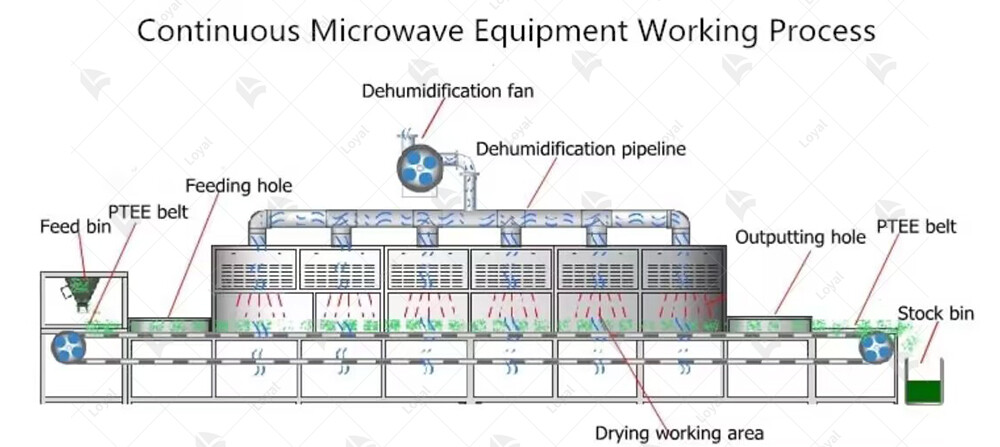
Working Principle of Microwave Drying
Microwave drying machines utilize electromagnetic radiation in the microwave frequency range to remove moisture from food products efficiently and rapidly. The process begins with the conversion of electrical energy into microwave radiation within the machine's magnetron. This radiation is then emitted into the drying chamber, where it interacts with the water molecules present in the food.
Unlike conventional drying methods, which rely on convection or conduction to transfer heat to the product surface, microwave drying penetrates the material and heats it from the inside out. This deep-penetrating heat causes the water molecules to vibrate vigorously, generating internal friction and subsequently producing heat. As a result, moisture evaporates rapidly from the product, leading to faster drying times compared to traditional methods.
Moreover, microwave drying offers precise control over temperature and power levels, allowing operators to tailor the process to specific product requirements. This flexibility ensures optimal drying outcomes while minimizing energy consumption and preserving the product's sensory and nutritional properties.
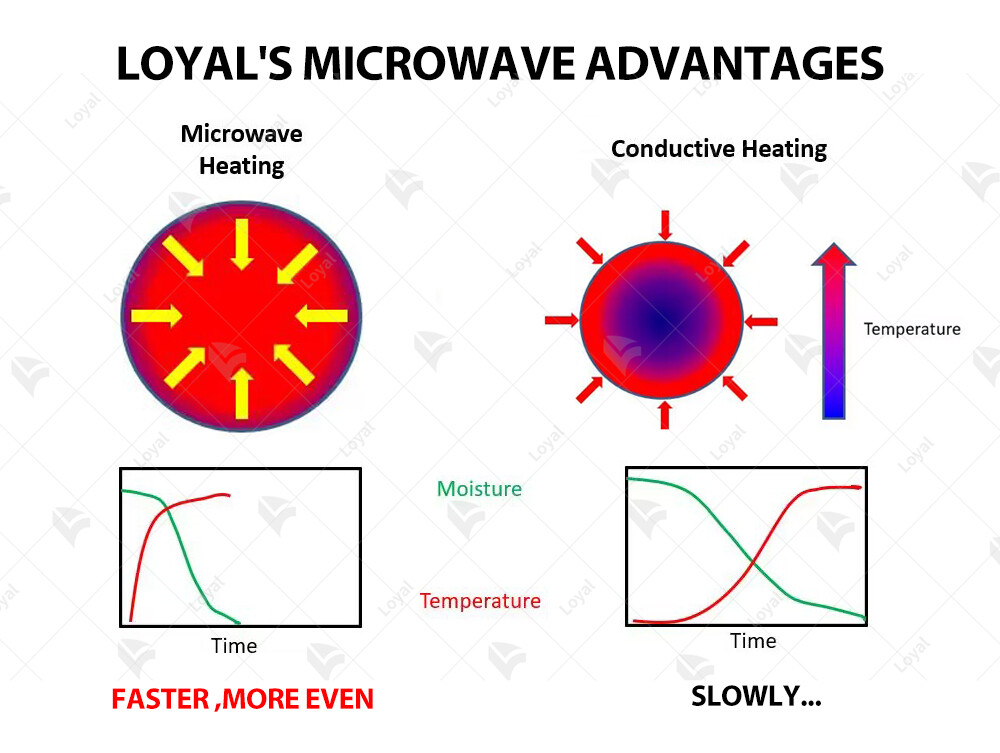
Key Components of Microwave Dryers
Microwave drying machines, vital in the realm of industrial food processing, boast a complex yet efficient design comprising several key components. Understanding these components is crucial for grasping the functionality and effectiveness of microwave drying technology.
1. Microwave Generator:
At the heart of a microwave drying machine lies the microwave generator. This component produces electromagnetic waves at specific frequencies, typically 915 MHz or 2450 MHz, depending on the application. These waves are responsible for generating the heat necessary for drying food products.
2. Waveguide System:
The waveguide system serves as a conduit for directing microwave energy from the generator to the drying chamber. It ensures efficient transmission of electromagnetic waves while minimizing energy loss. Waveguides come in various shapes and configurations, optimized for different types of microwave drying applications.
3. Drying Chamber:
The drying chamber houses the food product to be dried and is designed to facilitate uniform exposure to microwave energy. It is constructed from materials that are transparent to microwave radiation, such as glass or certain types of plastics. The size and shape of the drying chamber can vary based on the specific requirements of the food processing operation.
4. Moisture Measurement System:
A moisture measurement system is essential for monitoring the drying process and ensuring the desired level of moisture removal is achieved. This system typically includes sensors or probes that detect changes in moisture content within the drying chamber. Real-time feedback from the moisture measurement system allows for precise control of the drying process, optimizing product quality and consistency.
5. Control Panel and Software:
Microwave drying machines are equipped with a control panel and specialized software for monitoring and controlling various parameters during the drying process. Operators can adjust settings such as microwave power, drying time, and temperature to achieve the desired results. Advanced control algorithms may also be employed to optimize energy efficiency and minimize drying time.
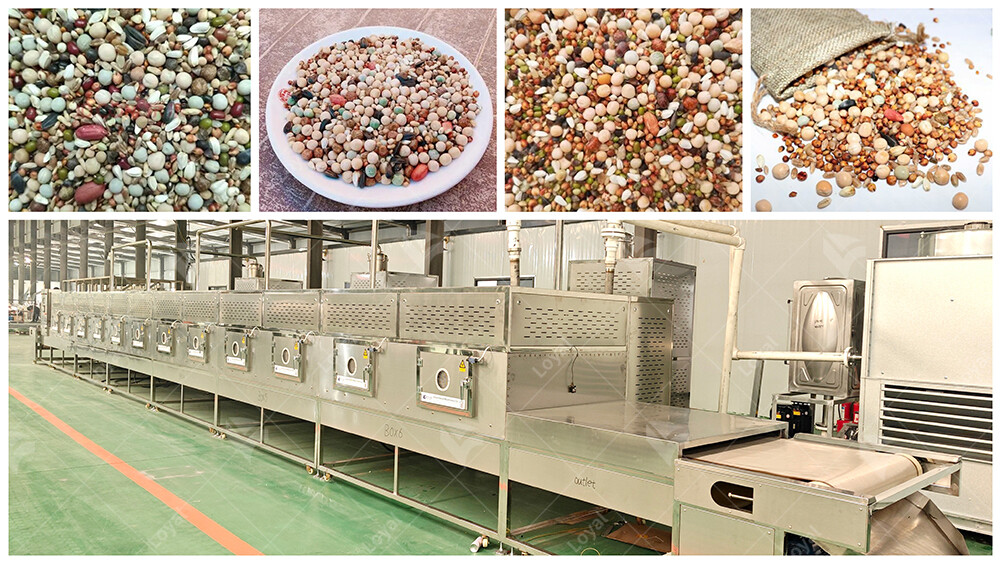
Comparison of Microwave Drying and Traditional Drying Methods
When it comes to drying food products in industrial settings, both microwave drying machines and traditional drying methods have their advantages and limitations. Below is a concise comparison of these two approaches:
Aspect | Microwave Drying Machine | Traditional Drying Methods |
Drying Time | Generally shorter drying times due to efficient heating mechanism | Longer drying times, often requiring hours or days |
Energy Efficiency | Higher energy efficiency, as microwaves directly heat the product | Lower energy efficiency, heat is transferred indirectly |
Product Quality | Retains more nutrients, flavors, and colors in the final product | May result in some loss of nutrients and flavor |
Equipment Size and Cost | Generally compact equipment with relatively higher initial cost | Larger equipment footprint, often lower initial cost |
Control and Automation | Offers precise control over drying parameters and automation | Limited control and automation in some traditional methods |
Environmental Impact | Reduced environmental impact due to shorter drying times | May consume more energy and have a higher carbon footprint |
Adaptability to Products | Suitable for a wide range of food products, including sensitive ones | May not be suitable for all types of food products |
In summary, while traditional drying methods have been widely used in the food industry, microwave drying machines offer significant advantages in terms of efficiency, product quality, and environmental impact. However, the choice between these methods ultimately depends on factors such as the specific requirements of the product, available resources, and production goals.
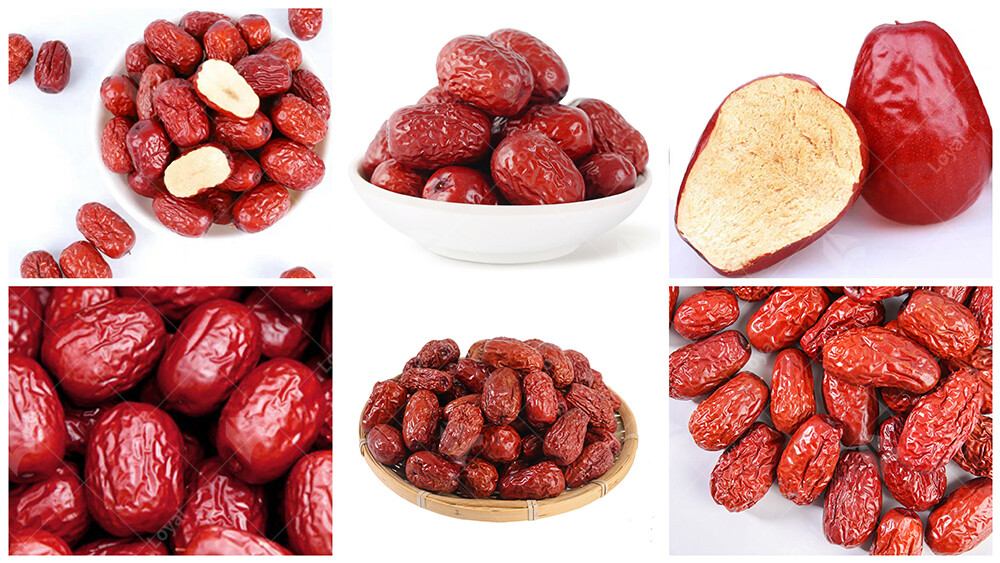
Microwave Technology Advances and Innovations
In 2024, microwave drying machines have undergone significant advancements and innovations, revolutionizing the landscape of food processing. These technological developments have propelled microwave technology to the forefront of efficient and precise drying methods in the industry.
1. Integration of AI and Automation:
Microwave drying machines now leverage artificial intelligence (AI) and automation to enhance efficiency and accuracy. AI algorithms analyze data in real-time, optimizing drying parameters such as temperature and humidity to achieve optimal results. Automation streamlines processes, reducing human error and ensuring consistent performance.
2. Enhanced Control Systems:
The latest microwave drying machines are equipped with advanced control systems that offer unprecedented precision and flexibility. Precise control over power levels, frequency, and distribution of microwave energy enables tailored drying processes for different food products. This level of control ensures uniform drying while preserving product quality.
3. Improved Energy Efficiency:
Innovations in microwave technology have led to significant improvements in energy efficiency. Advanced designs minimize energy wastage by optimizing the conversion of electrical energy into microwave radiation. This results in reduced operating costs and environmental impact, making microwave drying machines a sustainable choice for food manufacturers.
4. Integration with IoT and Cloud Computing:
Microwave drying machines are increasingly integrated with Internet of Things (IoT) technology and cloud computing platforms. IoT sensors collect real-time data on machine performance and environmental conditions, allowing for remote monitoring and predictive maintenance. Cloud-based analytics provide actionable insights for continuous improvement and optimization of drying processes.
5. Customization and Adaptability:
Modern microwave drying machines offer greater customization and adaptability to meet diverse industry needs. Modular designs allow for easy integration into existing production lines, minimizing downtime during installation. Additionally, adjustable settings and interchangeable components accommodate variations in product specifications, ensuring versatility and scalability.
6. Advancements in Safety Features:
Safety remains a top priority in microwave drying technology, with continuous advancements in safety features. Enhanced insulation materials and shielding mechanisms minimize the risk of radiation leakage, ensuring operator safety. Additionally, built-in sensors and alarms promptly detect any anomalies, enabling quick response and mitigation of potential hazards.
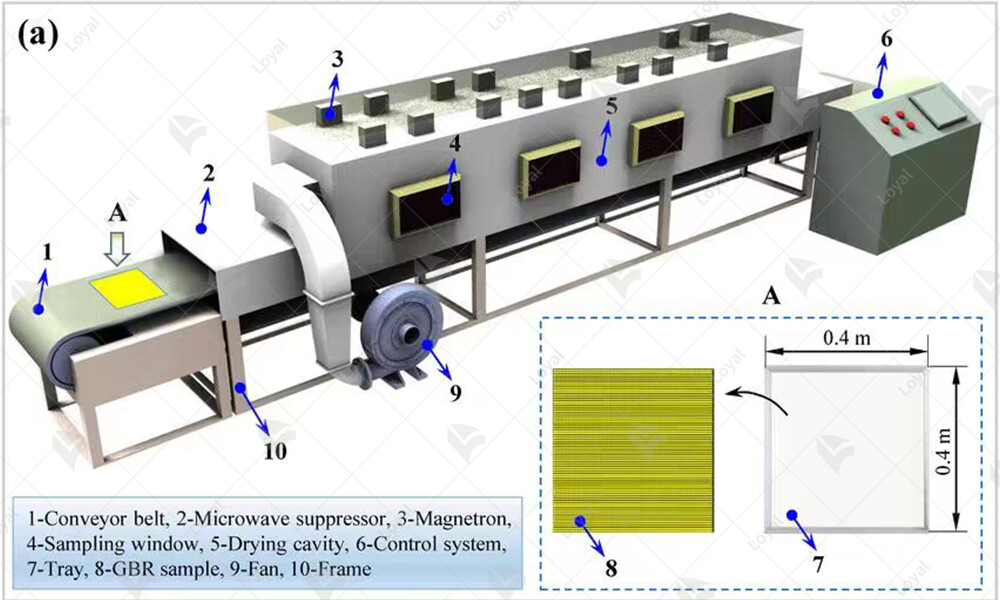
Things to Consider When Choosing and Using a Microwave Dryer
Microwave drying machines have revolutionized the food processing industry, offering efficient and rapid drying solutions for a wide range of products. However, selecting the right microwave dryer and using it effectively require careful consideration of several factors.
1. Capacity and Throughput:
When choosing a microwave drying machine, it's essential to assess its capacity and throughput capabilities. Consider the volume of your production line and the desired drying rate to ensure that the dryer can meet your requirements without causing bottlenecks.
2. Control and Monitoring Features:
Look for microwave dryers equipped with advanced control and monitoring features. These may include temperature and moisture sensors, automatic power adjustment, and real-time monitoring capabilities. Such features allow for precise control over the drying process and ensure consistent product quality.
3. Material Compatibility:
Not all materials are suitable for microwave drying. Before investing in a microwave dryer, verify that it is compatible with the specific food products you intend to dry. Certain materials may be sensitive to microwave radiation or require specialized drying conditions.
4. Energy Efficiency:
Assess the energy efficiency of the microwave drying machine to minimize operating costs and environmental impact. Look for energy-efficient designs, such as insulation and reflective surfaces, which help optimize heating efficiency and reduce energy consumption.
5. Maintenance Requirements:
Consider the maintenance requirements of the microwave dryer, including cleaning, calibration, and servicing. Opt for models with accessible components and user-friendly maintenance procedures to minimize downtime and ensure optimal performance.
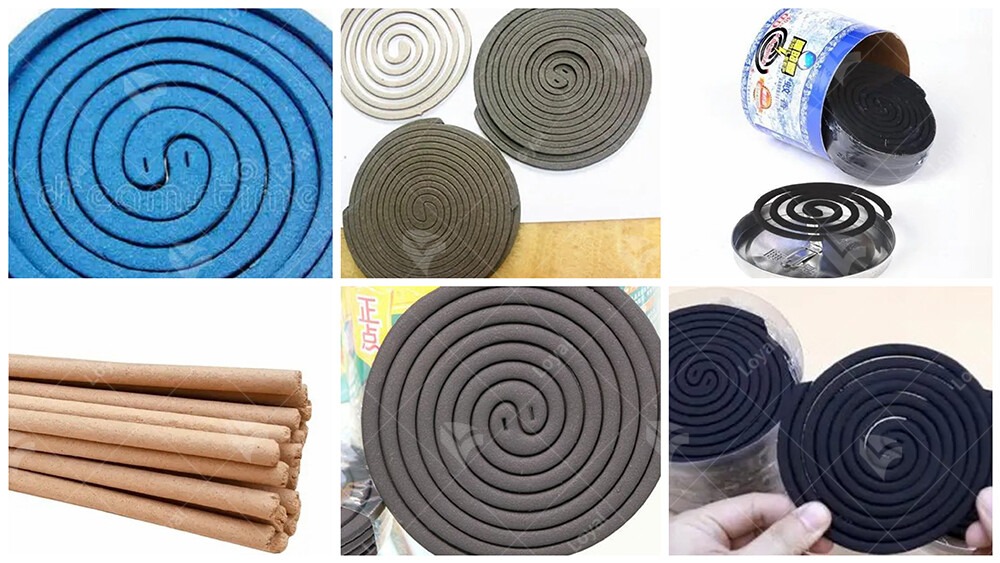
Parameters of microwave dryer
| Technical Parameters Of Continuous Microwave Dryer Industrial Microwave Drying Machine | |||||
| Model | Size LWH(Can be customized according to the customer's requirements) | Output power | Dewaterability | Sterilization capacity | Baking and Roasting capacity (Depends on different raw material) |
| LY-10KW | 5000mm825mm1750mm | ≥10KW | 10KG/Hour | 100KG/Hour | 30-50KG/Hour |
| LY-20KW | 8000mm825mm1750mm | ≥20KW | 20KG/Hour | 200KG/Hour | 60-100KG/Hour |
| LY-30KW | 8500mm1160mm1750mm | ≥30KW | 30KG/Hour | 300KG/Hour | 90-150 KG/Hour |
| LY-40KW | 10000mm1160mm1750mm | ≥40KW | 40KG/Hour | 40KG/Hour | 120-200KG/Hour |
| LY-50KW | 12500mm1160mm1750mm | ≥50KW | 50KG/Hour | 500KG/Hour | 150-250KG/Hour |
| LY-60KW | 13500mm1450mm1750mm | ≥60KW | 60KG/Hour | 600KG/Hour | 180-300KG/Hour |
| LY-70KW | 13500mm1500mm1750mm | ≥70KW | 70KG/Hour | 700KG/Hour | 210-350KG/Hour |
| LY-80KW | 13500mm1650mm1750mm | ≥80KW | 80KG/Hour | 800KG/Hour | 240-400KG/Hour |
| LY-100KW | 16800mm1650mm1750mm | ≥100KW | 100KG/Hour | 1000KG/Hour | 300-500KG/Hour |
| LY-150KW | 22400mm1850mm1750mm | ≥150KW | 150KG/Hour | 1500KG/Hour | 450-750KG/Hour |
| LY-200KW | 27000mm1850mm1750mm | ≥250KW | 250KG/Hour | 2500KG/Hour | 750-1250/Hour |
| LY-300KW | 32000mm1850mm1750mm | ≥300KW | 300KG/Hour | 3000KG/Hour | 900-1500KG/Hour |
| Power Supply | 380V±10% 50Hz±1% Three-Phase Five-Wire | ||||
| Microwave Output Frequency | 2450±50Mhz | ||||
| Microwave Input Apparent Power | ≤168Kva | ||||
| Microwave Output Power | ≥120Kw | ||||
| Microwave Power Adjustment Range | 0-30Kw(Adjustable) | ||||
| Ambient Temperature | -5-40°C | ||||
| Relative Humidity | ≤80%, Surrounding Environment:No Corrosive Gas, Conductive Dust And Explosive Gas | ||||
| Transmission Speed | 0-10m/Min(Adjustable) | ||||
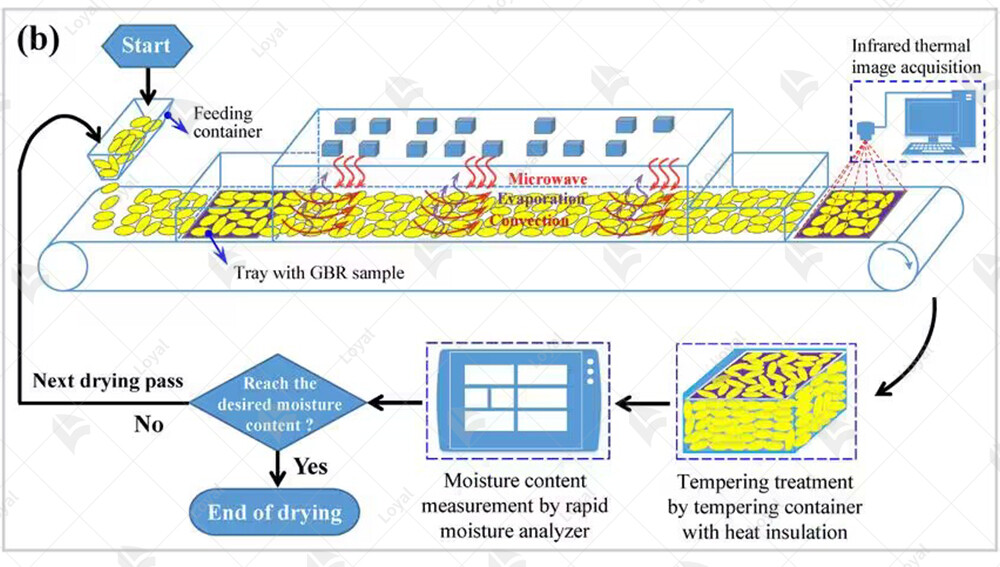
Microwave Dryer Challenges and Limitations
Microwave drying machines have undoubtedly revolutionized the food processing industry, offering rapid drying times and superior product quality. However, like any technology, they are not without their challenges and limitations. Understanding these factors is crucial for optimizing their usage and mitigating potential drawbacks.
1. Uneven Heating:
One of the primary challenges associated with microwave drying machines is the uneven heating of food products. This uneven heating can result in inconsistent moisture removal, leading to variations in product quality and texture. Manufacturers must carefully design and calibrate their microwave drying systems to ensure uniform heating throughout the product.
2. Limited Penetration Depth:
Another limitation of microwave drying machines is their limited penetration depth. Microwave energy is absorbed primarily by the outer layers of the food product, which can result in under-drying or over-drying of the inner layers. This limitation is particularly pronounced in dense or thick products, where achieving uniform drying can be challenging.
3. Susceptibility to Product Characteristics:
The effectiveness of microwave drying is highly dependent on the characteristics of the food product being processed. Products with high moisture content or uneven shapes may experience difficulty in achieving uniform drying. Additionally, products with high fat or sugar content can be prone to overheating and caramelization, leading to undesirable changes in flavor and appearance.
4. Energy Consumption:
While microwave drying machines offer significant energy savings compared to traditional drying methods, they still require substantial power to operate. High energy consumption can lead to increased operating costs, especially for large-scale industrial applications. Manufacturers must balance the benefits of rapid drying times with the associated energy costs.
5. Equipment Maintenance and Safety:
Maintaining and operating microwave drying machines requires specialized training and expertise. The high-power microwave generators and complex control systems demand regular maintenance to ensure optimal performance and safety. Furthermore, there are inherent safety risks associated with high-power microwave radiation, necessitating strict adherence to safety protocols and regulations.
6. Cost Considerations:
Investing in microwave drying machines can involve significant upfront costs, including equipment purchase, installation, and training. For small-scale producers or those with limited budgets, the initial investment may pose a barrier to adoption. Additionally, ongoing operating costs, such as electricity consumption and maintenance, should be carefully considered when evaluating the overall cost-effectiveness of microwave drying technology.
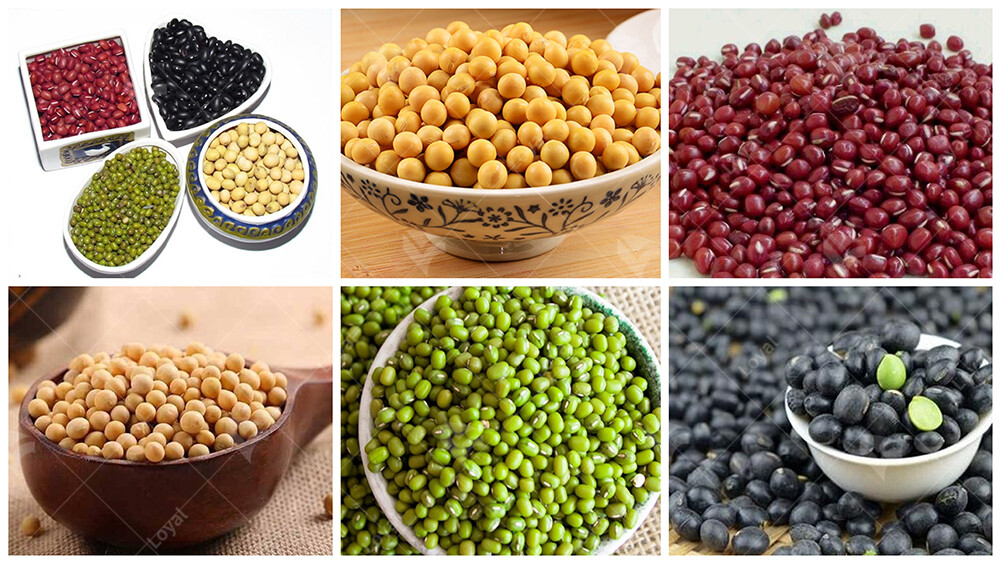
References
The following are five authoritative foreign literature websites in the field of industrial microwaves:
1. IEEE Xplore Digital Library
Website: [https://ieeexplore.ieee.org/]
2.ScienceDirect
Website: [https://www.sciencedirect.com/]
3. SpringerLink
Website: [https://link.springer.com/]
4. Wiley Online Library
Website: [https://onlinelibrary.wiley.com/]
5. PubMed
Website: [https://pubmed.ncbi.nlm.nih.gov/]












